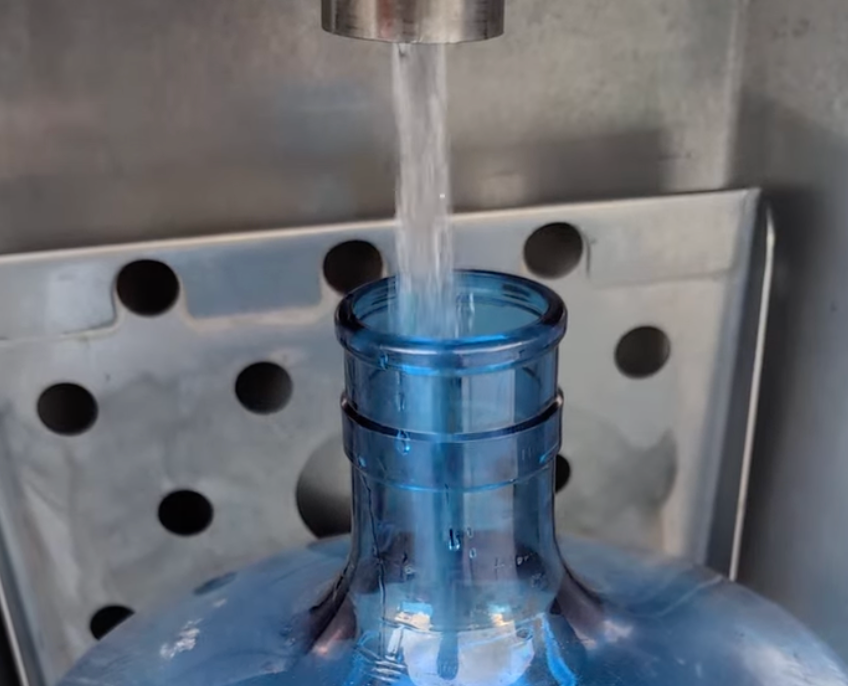I’ve fixated on water quality for 12 years. Many gardeners want to remove chlorine and chloramine from tap water since fruits and vegetables can be sensitive to chlorine levels. As an aquarium enthusiast, I’ve filtered my water every step of the way since chlorine was a demon to be dealt with by any means necessary since it is toxic to fish.
Here’s how to remove chlorine or chloramine from water:
-
Break chlorine bonds with Prime
-
Use a carbon filter
-
I use this commercial carbon filter. But residential filters can remove chlorine and chloramine at the spigot.
-
Allow chlorine to dissipate by setting it outside for at least 24 hours.
-
⚠️ This only works for chlorine. Chloramine will not off gas. Austin, Texas tap water contains chloramine for sanitization.
Alternatives to tap water which are chlorine-free:
-
Collect rain water, nature’s filter, which is chlorine and chloramine free.
-
Buy spring water. Often you can find water quality reports from their website which detail chlorine levels.
-
Buy reverse osmosis water pretreated with a carbon filter from any of those water dispensing kiosks you see at gas stations and grocery stores.
But there is one thing worse than chlorine and chloramine for plants:
Not enough water.
If you don’t have access to chlorine free water, tap water is better than no water. And in small quantities, chlorine is actually a beneficial nutrient. Plants aren’t quite as sensitive to chlorine as fish, and many are hardy enough to withstand a full tap water diet. I’ve seen plenty of apartment grown pothos, snake plants, and peace lilies doing just fine with straight tap water.
Where it matters most is fruit trees, vegetable gardens, and many flowers like cannabis which are more chlorine sensitive.
Bottom line: any water is better than zero water. Don’t stress the chemistry, just get the roots wet. (But not too wet.)

